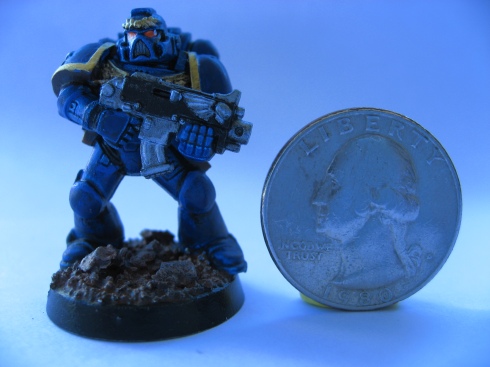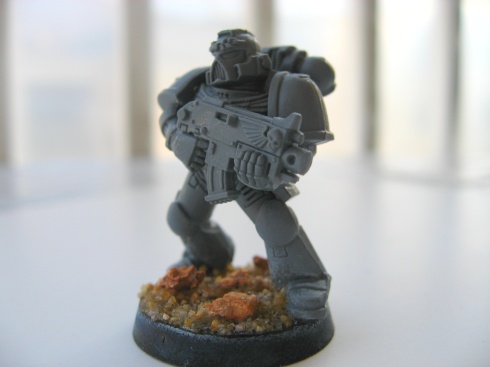I started a new hobby this summer. Actually, I revived an old hobby, but I’ll get to that.
I’m currently in graduate school so most of my free time is spent doing homework on a computer (outside of time spent with my wife). Because I was and am spending so much time on a computer, I decided that I needed a hobby that didn’t involve looking at a computer screen. This decision was primarily for the benefit of my sanity. I code at work then I code at home. There had to be a change of pace.
After some time spent fondly reminiscing yesteryear, I found myself wanting to paint models. Long before I was born, my grandfather painted model planes. When I was young, I received these model planes as well as your standard model painting kits (along with a sweet collection of model paints). In high school, I was a big fan of anime and painted some scale models of Gundam Wing mechs (giant humanoid robots). However, in all of my modeling efforts, I didn’t spend a huge amount of time learning techniques. At the time, it would have involved buying books or scouring the Internet and I wasn’t up for that. I remember feeling proud of my results, but always looking at the box art and thinking “how the heck did they do that?” There was so much detail and precision and my attempts seemed sloppy by comparison.
Now it’s 2010 and I was re-investigating the hobby. My hope is to be serious and to invest in some good quality materials. For what to paint, I had the following equation in mind:
SCI-FI + GUNS + PAINTING = WIN
I landed on Warhammer 40,000. I bought a starter set called “Assualt on Black Reach” that I recall my friend Alan purchasing many years prior. The set comes with some space marines and orks and it matches my equation to a t. On top of being a high quality set of stuff to paint, I discovered that YouTube has some great tutorial material for 40K miniatures (like http://www.youtube.com/user/awesomepaintjob). I did plenty of research, bought the paints I wanted and all the other materials that were needed, and I started on my first space marine.
I put my model together (and got super glue on my fingers in the process), primed him, which was one of the first things that I learned that I should be doing to models, then started painting. The other day, Elease was looking at my model after I had completed one of my rounds of painting and she said “What is his name?” For some reason, without hesitation, I answered “Bill.” I finished Bill yesterday during a brief homework break and today I’m presenting him to the world. Certainly, Bill has imperfections, but when you paint a miniature that is barely larger than a quarter, what can you expect? I’m looking forward to gaining more skill in painting and maybe even moving into airbrushing at some point (read: fancy-pants model painting).




